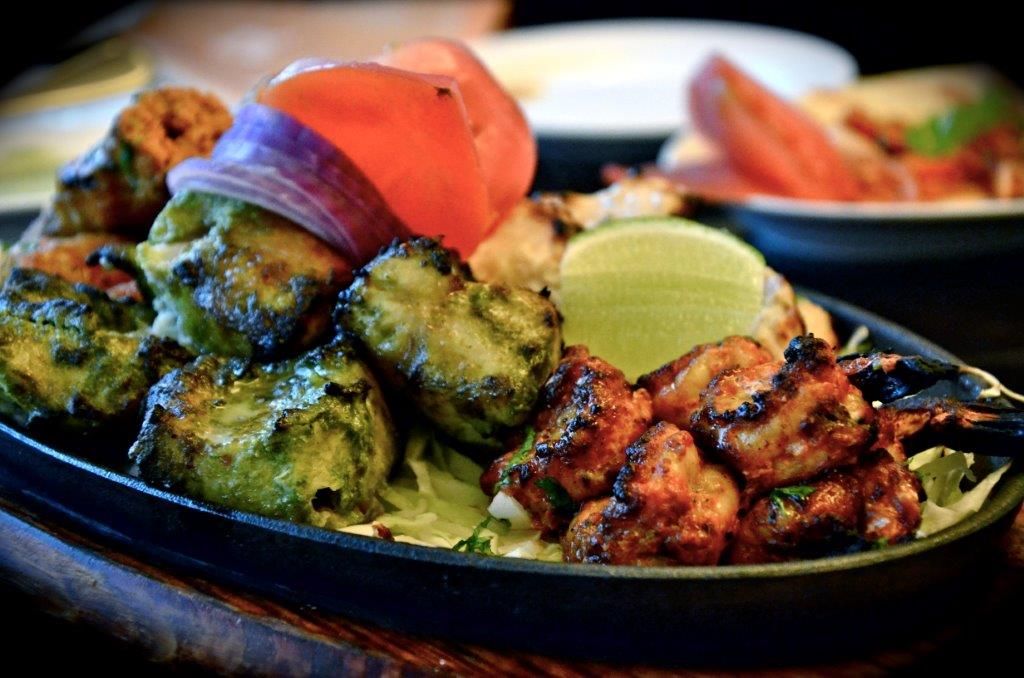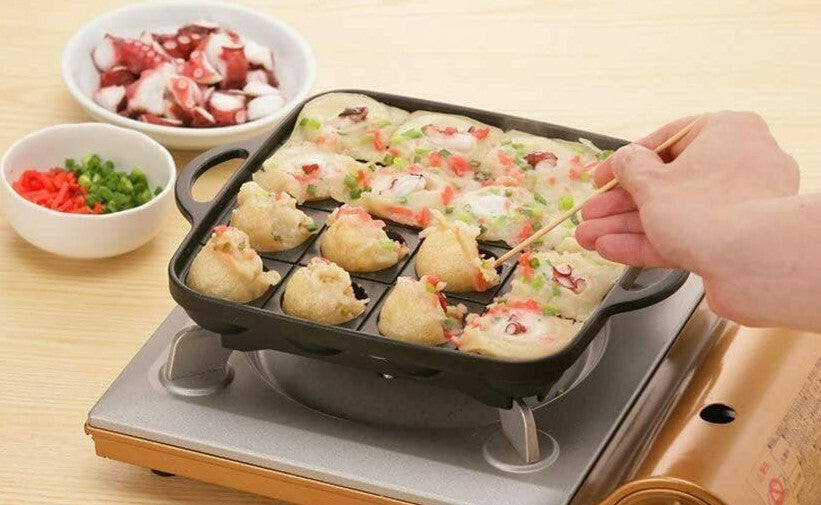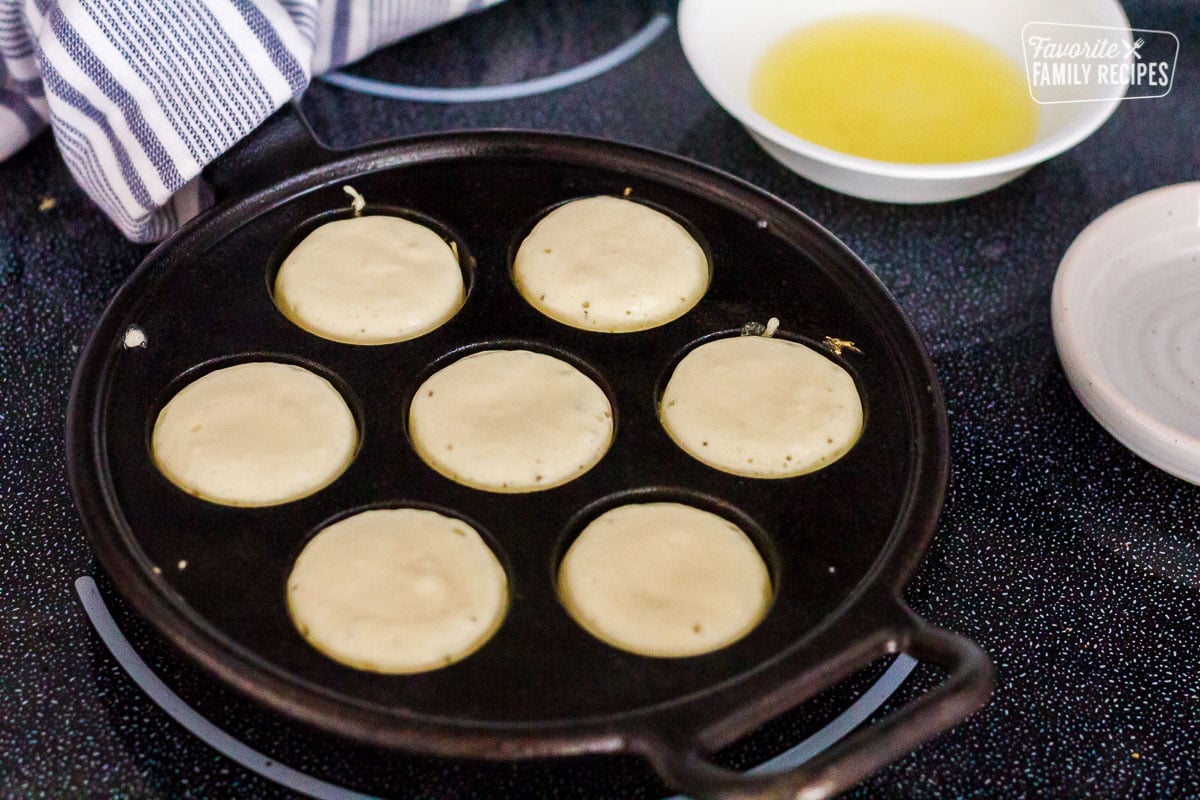In the culinary world, the choice of plating can significantly impact the presentation and overall dining experience. The debate between using a sizzling plate and a regular plate has been a topic of discussion among kitchen professionals for years. With kitchen professionals always seeking the best tools to enhance their culinary creations, it's essential to understand the unique qualities and benefits of each plate type. In this article, we'll delve into the differences, advantages, and disadvantages of using a sizzling plate versus a regular plate to help you make informed decisions for your kitchen.

Understanding the Sizzling Plate
The sizzling plate is a culinary marvel known for its ability to retain heat and present dishes with a dramatic flair. Typically made from cast iron or other heat-retentive materials, the sizzling plate is preheated before serving. This allows the food to continue cooking while being presented, resulting in a sizzling sound and aromatic steam that captivates diners. The sizzling plate is a favorite among chefs for serving dishes like fajitas, steaks, and grilled vegetables, where maintaining heat and adding an element of theater is desired.
Advantages of Sizzling Plates
The primary advantage of a sizzling plate is its heat retention. It keeps food warm for a more extended period, ensuring that your culinary creations are enjoyed at their optimal temperature. The sizzling sound and visual appeal can elevate the dining experience, making it memorable for guests. The use of a sizzling plate can also enhance flavors, as the continued cooking process allows for the melding of spices and ingredients.
For more tips on how to utilize sizzling platters effectively in your kitchen, you might find this guide helpful.
Disadvantages of Sizzling Plates
Despite their many advantages, sizzling plates are not without drawbacks. They require careful handling to avoid burns, both for the kitchen staff and diners. The need for preheating adds an extra step in the preparation process, which can be time-consuming in a busy kitchen environment. Additionally, the intense heat can sometimes overcook delicate ingredients if not monitored closely.
Exploring the Regular Plate
The regular plate, a staple in every kitchen, offers versatility and ease of use. Typically made from ceramic, porcelain, or glass, regular plates are perfect for serving a wide range of dishes. Unlike sizzling plates, they do not require preheating, making them a convenient choice for quick service.
Advantages of Regular Plates
Regular plates are praised for their classic elegance and simplicity. They offer a neutral background that allows the colors and presentation of the food to shine. Regular plates are easy to wash and handle, reducing the risk of injury in the kitchen. Their availability in various shapes, sizes, and designs adds to their adaptability for different types of cuisine.
Disadvantages of Regular Plates
The most significant limitation of regular plates is their inability to retain heat. Unlike sizzling plates, they do not keep food warm for extended periods, making them less suitable for dishes that benefit from heat retention. This can be a drawback for chefs aiming to maintain optimal serving temperatures.
For a deeper dive into the different types of plates and their uses, check out this informative article.
Choosing the Right Plate for Your Dish
The decision between a sizzling plate and a regular plate should be based on the dish being served and the dining experience you wish to create. For dishes that benefit from extended heat and a theatrical presentation, such as sizzling fajitas or grilled meats, a sizzling plate is the ideal choice. On the other hand, for dishes that require a more delicate presentation or when time is of the essence, regular plates are more practical.
Experienced chefs often keep a variety of plates on hand to ensure they can match the right plate to the right dish. This flexibility allows for creativity and precision in presentation, enhancing both the visual appeal and the taste of the food.
Conclusion: A Balanced Approach
In the debate of Sizzling Plate vs Regular Plate, the answer often lies in balance and understanding the needs of your kitchen. Integrating both types of plates allows you to offer a diverse dining experience that caters to different tastes and preferences. As a kitchen professional, leveraging the strengths of each plate type can elevate your culinary art and provide unforgettable dining experiences.
For more ideas on how to incorporate these plates into your culinary repertoire, consider exploring sizzling platter recipes.

FAQ
1. What is the main advantage of using a sizzling plate?
The main advantage of a sizzling plate is its ability to retain heat, allowing food to remain warm and continue cooking even after being served, enhancing both the flavor and presentation.
2. Are regular plates suitable for all types of dishes?
Regular plates are versatile and suitable for a wide range of dishes. However, they may not be ideal for dishes that benefit from prolonged heat retention, such as grilled meats or sizzling dishes.
3. Can sizzling plates be used for desserts?
While less common, sizzling plates can be used creatively for desserts that can withstand high heat, such as sizzling brownies or fruit compotes, adding a unique twist to traditional desserts.
This article contains affiliate links. We may earn a commission at no extra cost to you.






Leave a comment
This site is protected by hCaptcha and the hCaptcha Privacy Policy and Terms of Service apply.